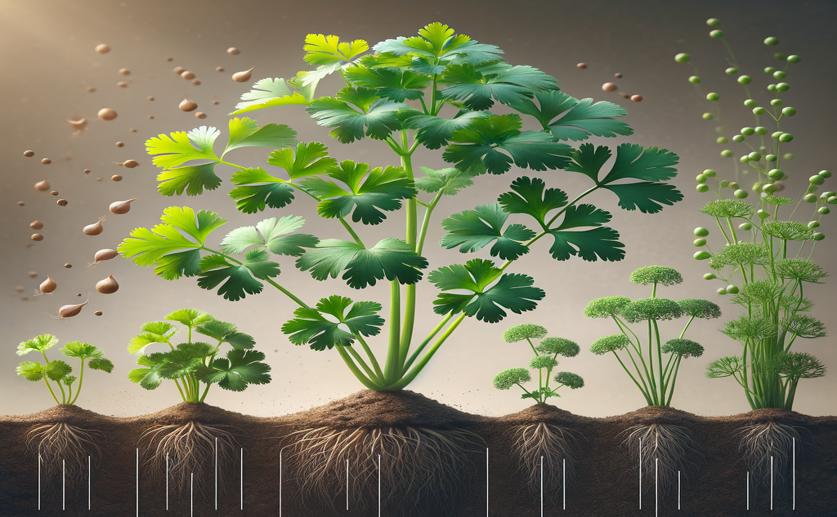
How Coriander Grows with Various Fertilizers and Weeds
Jim Crocker
15th March, 2024

Image Source: Natural Science News, 2024
Key Findings
- In Shahed University's study, weed-free conditions led to higher coriander fruit yields, especially in the Ethiopia genotype
- Using urea fertilizer increased the oil content in coriander fruits, beneficial for health and industrial uses
- The Nahavandi genotype of coriander showed a significant increase in palmitic acid when fertilized with urea
Plant ScienceAgricultureSpices
References
Main Study
1) Coriander response to nitrogen fertilizer sources in different competing levels of weeds.
Published 15th March, 2024
https://doi.org/10.1016/j.heliyon.2024.e26816
Related Studies
2) Coriandrum sativum L.: A Review on Ethnopharmacology, Phytochemistry, and Cardiovascular Benefits.
3) Fatty acid composition and oil content during coriander fruit development.
4) Characterization of French Coriander Oil as Source of Petroselinic Acid.
5) Improving growth properties and phytochemical compounds of Echinacea purpurea (L.) medicinal plant using novel nitrogen slow release fertilizer under greenhouse conditions.



 29th February, 2024 | Jim Crocker
29th February, 2024 | Jim Crocker